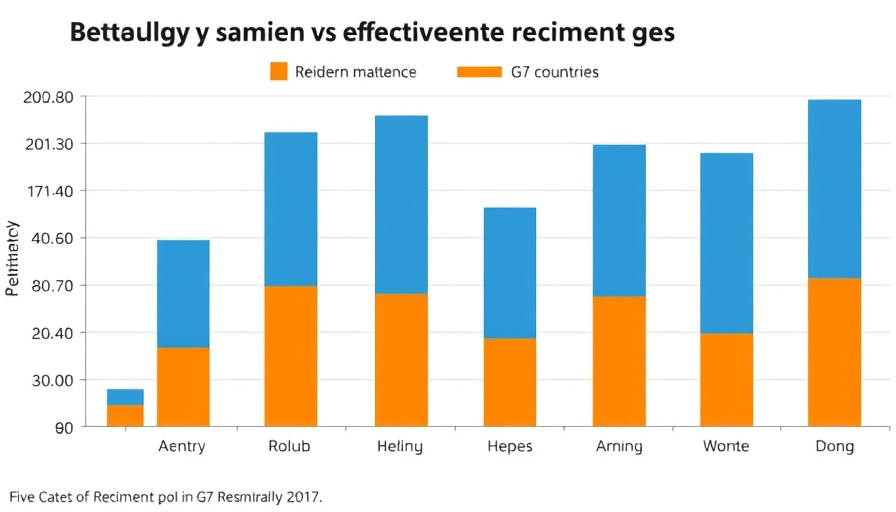
Understanding the Employee Injury Rate Among New Workers
Workplace safety is a critical concern for organizations, particularly when it comes to the vulnerability of newly hired employees. Recent research from Travelers highlights a pressing statistic: 36% of workplace injuries happen to workers in their first year on the job. This figure has risen marginally from 34% between 2015 and 2019, raising alarms about the adequacy of support systems in place for new hires.
Importance of Employee Performance and Training
This increase signifies a gap in employee preparedness and workplace safety protocols. It raises a vital question for HR leaders: how can organizations enhance employee performance from day one? Emphasizing effective onboarding programs and ongoing training can reduce injury rates and foster a safer work environment. Leadership must adopt a people-first leadership strategy, focusing on bolstering employee confidence and competency through comprehensive support.
The Shift in Workforce Strategy
According to a recent report by the American Staffing Association, public perception is shifting—33% of adults believe vocational training is the ideal post-secondary path, indicating a stronger inclination towards practical, hands-on skills that directly influence job performance and safety. This highlights an opportunity for employers to reassess their workforce strategy, perhaps prioritizing not just academic qualifications but practical experience and training tailored towards workplace safety.
Engaging Employees for High-Performance Culture
Effective employee engagement initiatives can facilitate a culture where employees feel supported and trained to embrace safety. Involving employees in discussions about workplace safety and injury prevention strategies not only empowers them but could lead to innovative solutions that may significantly decrease injury rates.
Conclusion: Taking Action Towards a Safer Workplace
As the data suggests, organizations can no longer afford to overlook the importance of supporting their newest employees. Implementing robust training and engagement strategies is no longer just about compliance; it’s about fostering a high-performance culture that prioritizes employee health and well-being. To address the alarming rise in workplace injuries among first-year workers, it’s imperative to act now—revamping onboarding processes, providing proactive training, and developing a culture that embraces safety as a core value.
 Add Row
Add Row  Add
Add 




Write A Comment